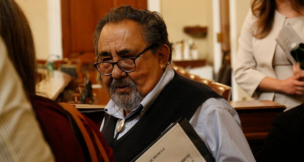Journalists’ group joins lawsuit in controversial execution case
Gary Grado//September 18, 2014//[read_meter]
Journalists’ group joins lawsuit in controversial execution case
Gary Grado//September 18, 2014//[read_meter]
An out-of-state law firm is representing an Arizona First Amendment advocacy group that hopes to convince a federal judge that the state’s execution procedures are unconstitutional and the state should...
No tags for this post.
















